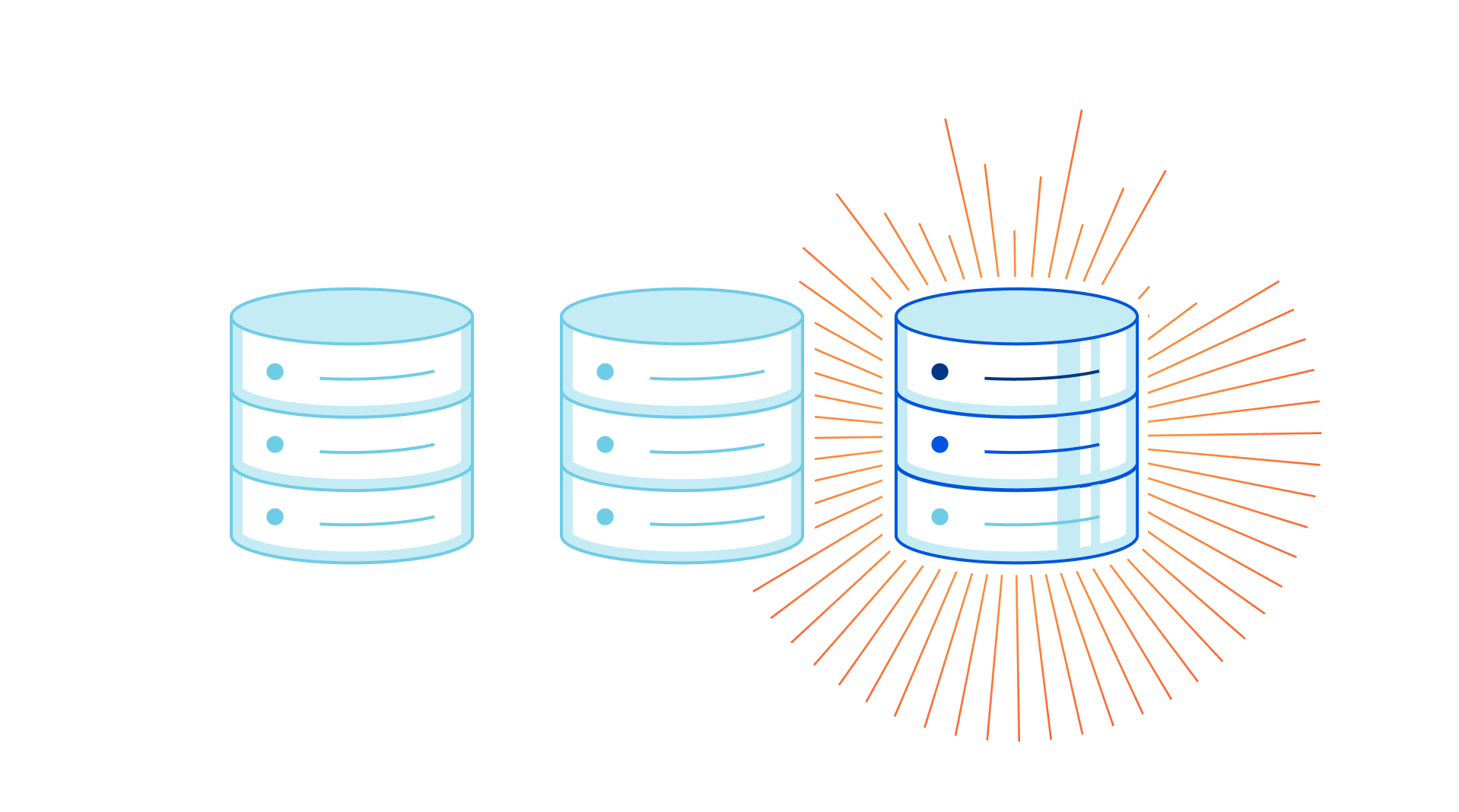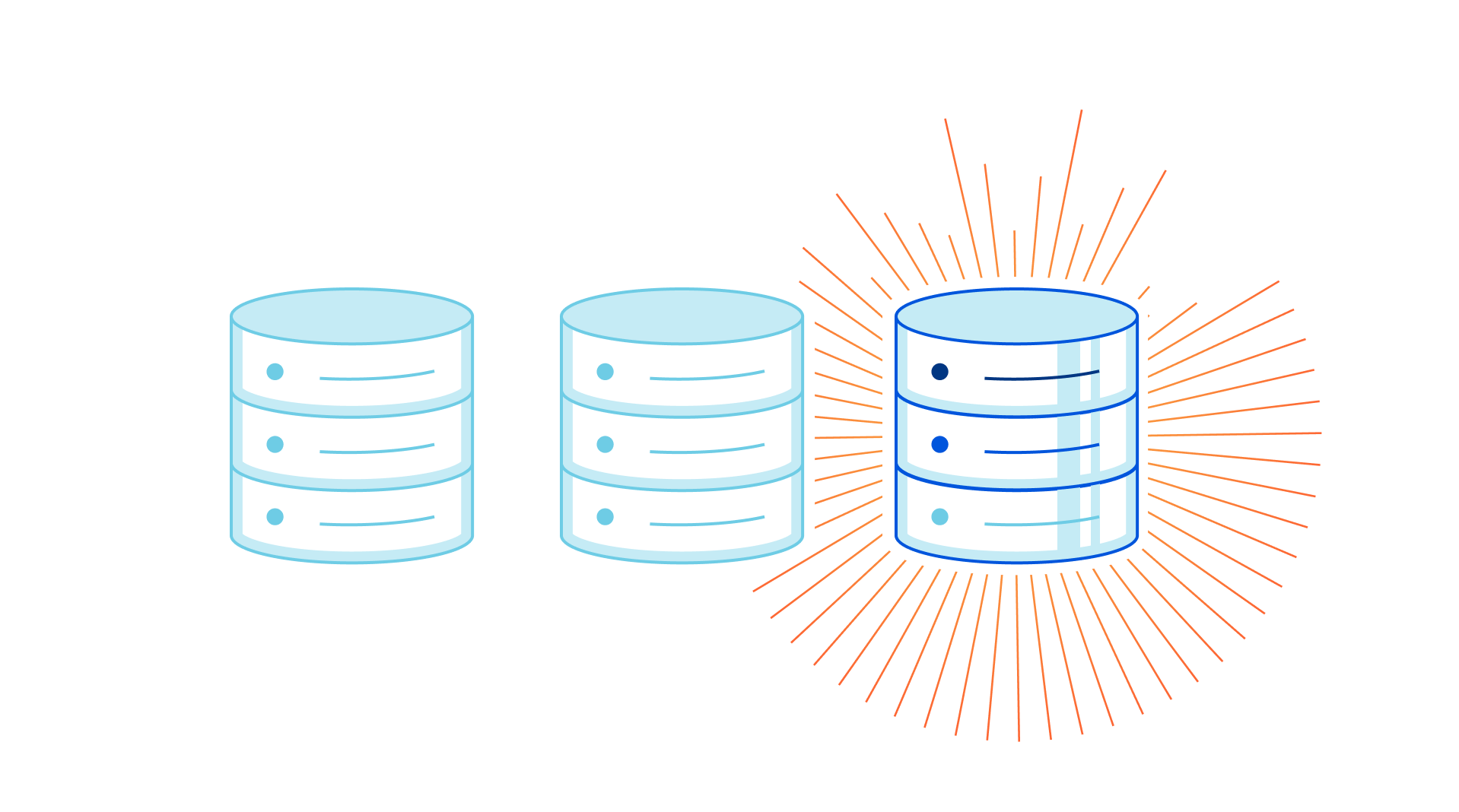Author Archives: Edward Wang
Author Archives: Edward Wang
On April 11, 2025 09:20 UTC, Cloudflare was notified via its Bug Bounty Program of a request smuggling vulnerability in the Pingora OSS framework discovered by a security researcher experimenting to find exploits using Cloudflare’s Content Delivery Network (CDN) free tier which serves some cached assets via Pingora.
Customers using the free tier of Cloudflare’s CDN or users of the caching functionality provided in the open source pingora-proxy and pingora-cache crates could have been exposed. Cloudflare’s investigation revealed no evidence that the vulnerability was being exploited, and was able to mitigate the vulnerability by April 12, 2025 06:44 UTC within 22 hours after being notified.
The bug bounty report detailed that an attacker could potentially exploit an HTTP/1.1 request smuggling vulnerability on Cloudflare’s CDN service. The reporter noted that via this exploit, they were able to cause visitors to Cloudflare sites to make subsequent requests to their own server and observe which URLs the visitor was originally attempting to access.
We treat any potential request smuggling or caching issue with extreme urgency. After our security team escalated the vulnerability, we began investigating immediately, took steps to disable traffic to vulnerable components, and deployed Continue reading


Caching is a big part of how Cloudflare CDN makes the Internet faster and more reliable. When a visitor to a customer’s website requests an asset, we retrieve it from the customer’s origin server. After that first request, in many cases we cache that asset. Whenever anyone requests it again, we can serve it from one of our data centers close to them, dramatically speeding up load times.
Did you notice the small caveat? We cache after the first request in many cases, not all. One notable exception since 2010 up until now: requests with query strings. When a request came with a query string (think https://example.com/image.jpg?width=500; the ?width=500 is the query string), we needed to see it a whole three times before we would cache it on our default cache level. Weird!
This is a short tale of that strange exception, why we thought we needed it, and how, more than ten years later, we showed ourselves that we didn’t.
To see the exception in action, here’s a command we ran a couple weeks ago. It requests an image hosted on example.com five times and prints each response’s CF-Cache-Status header. Continue reading